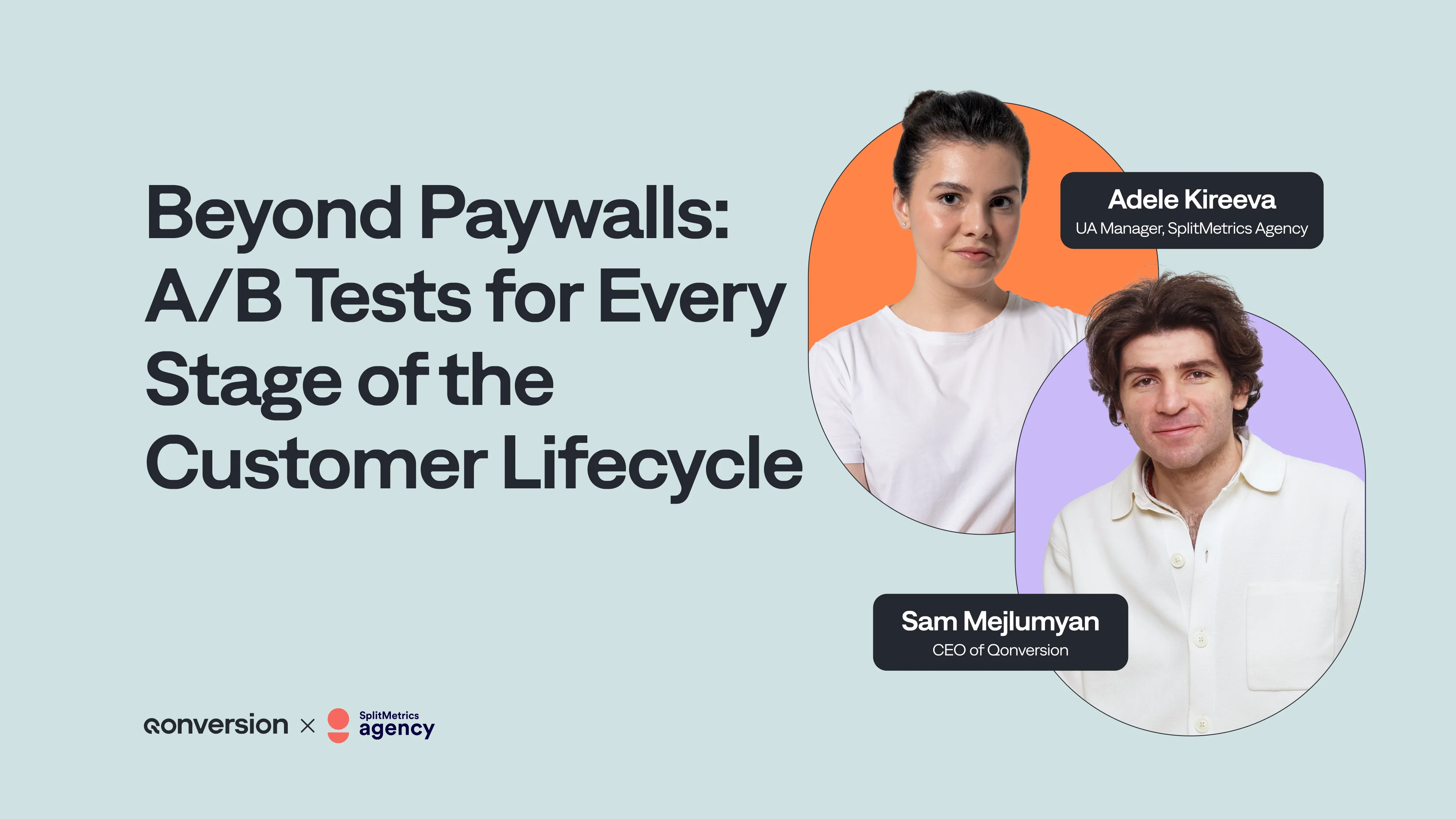How to Best Promote Your App: Google App Campaigns and What They’re For
How to Best Promote Your App: Google App Campaigns and What They’re For

Alice

Alice
Jun 17, 2022
Jun 17, 2022
Mobile experience and app usage in particular are growing as never before. This is partially driven by the overall shift to mobile and on-the-go experiences, and partially — by the pandemic. According to an April 2020 InMobi survey, 80% of US smartphone users had increased the time on their mobile devices in response to the coronavirus. The global mobile app revenue is also continuously growing every year. All this means: if you have an app, it’s high time to let everyone know about it and make sure you promote it in the best possible way. And Google has an excellent solution for that, which is simply called Google App Campaigns.
Mobile experience and app usage in particular are growing as never before. This is partially driven by the overall shift to mobile and on-the-go experiences, and partially — by the pandemic. According to an April 2020 InMobi survey, 80% of US smartphone users had increased the time on their mobile devices in response to the coronavirus. The global mobile app revenue is also continuously growing every year. All this means: if you have an app, it’s high time to let everyone know about it and make sure you promote it in the best possible way. And Google has an excellent solution for that, which is simply called Google App Campaigns.














